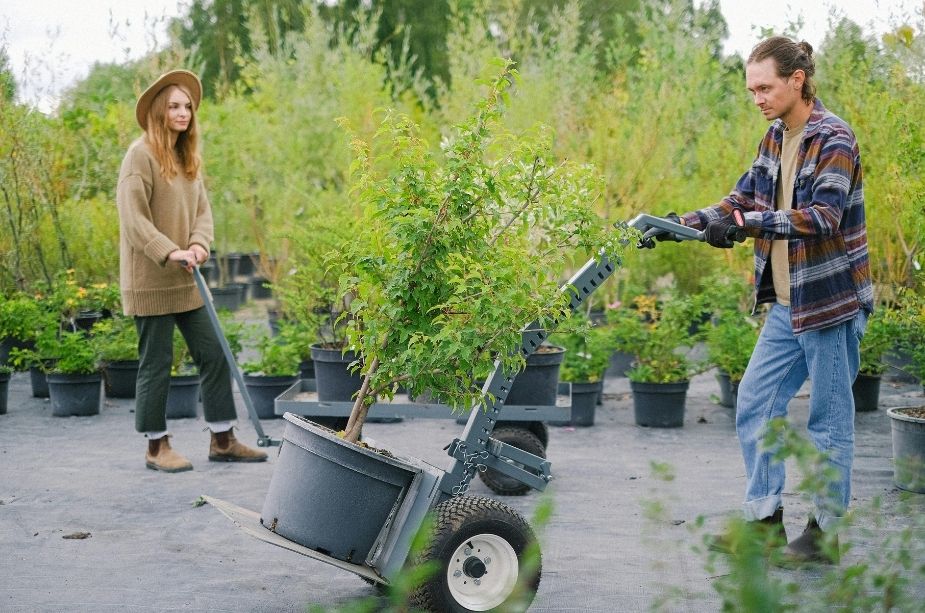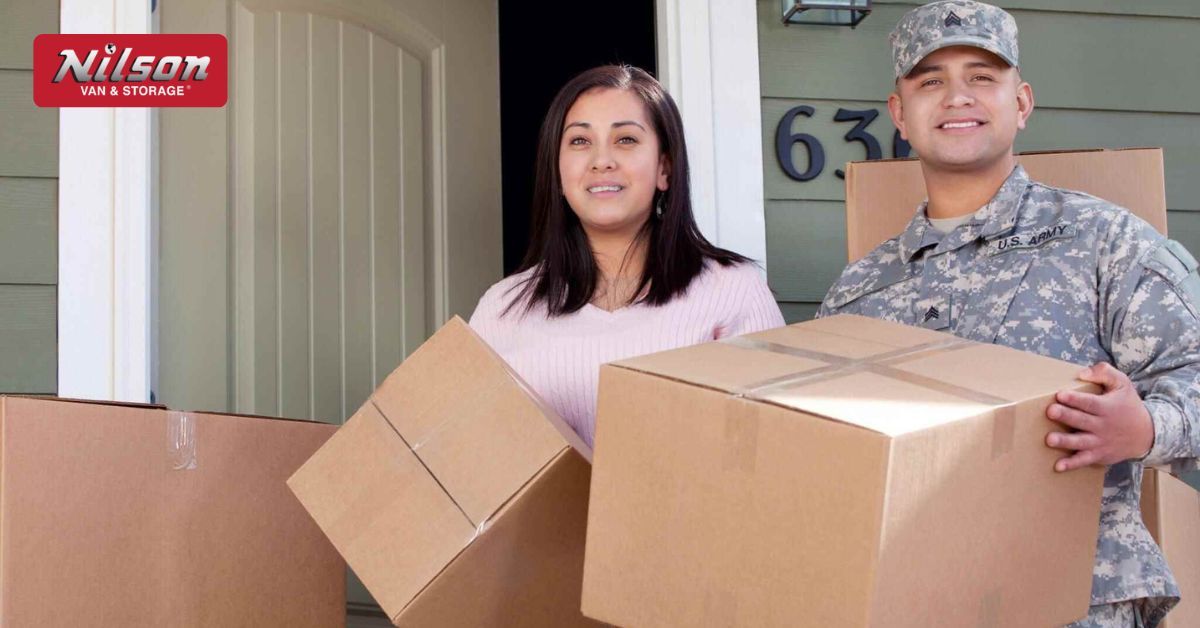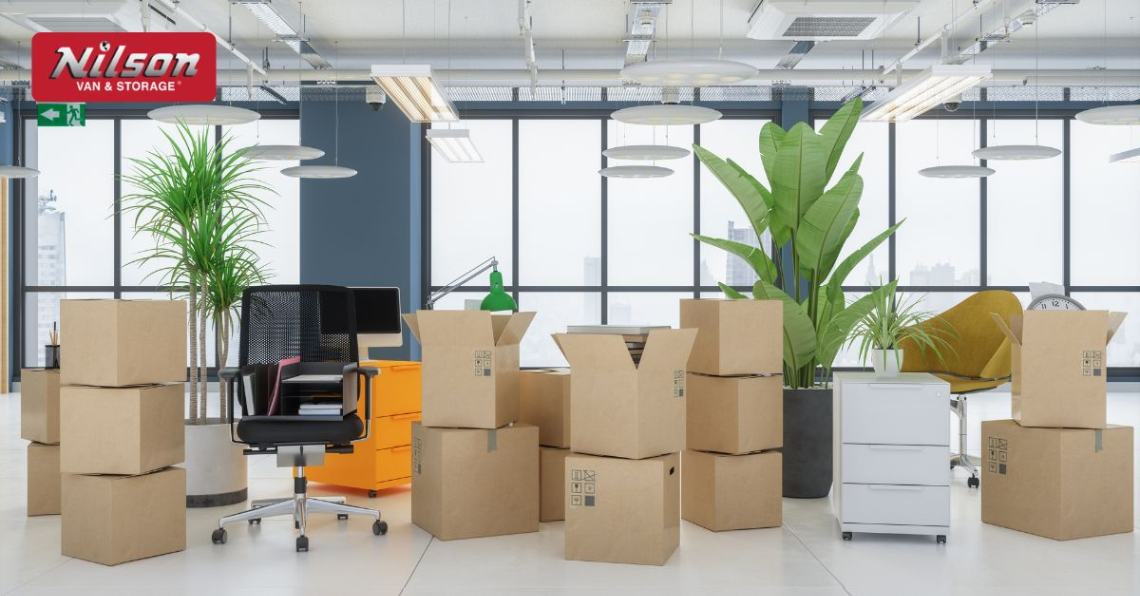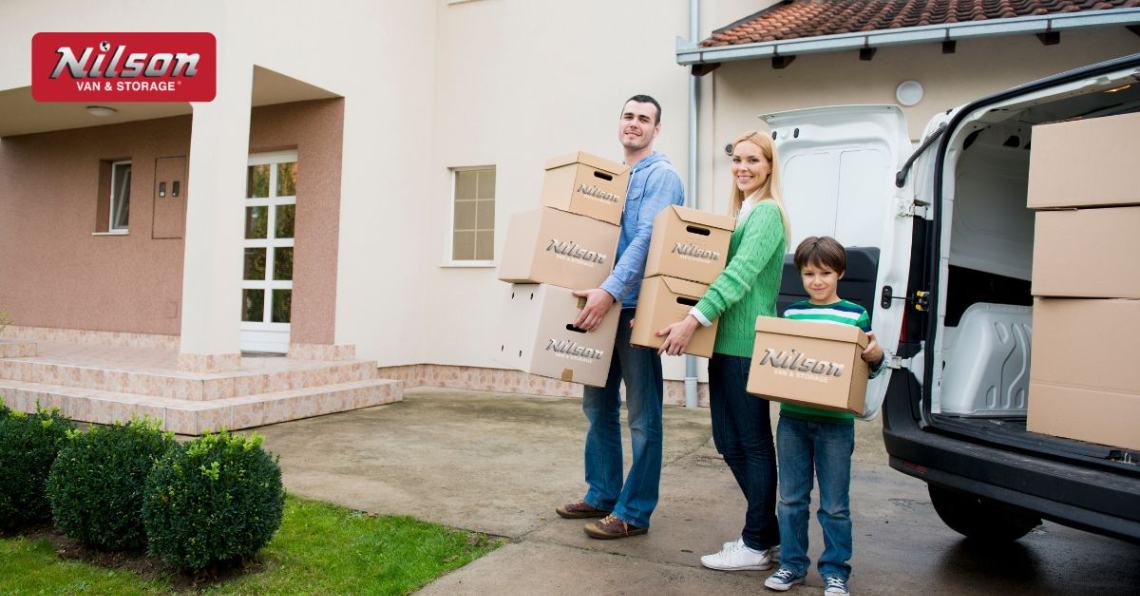
Top Essential Tips for Moving Plants: A Stress-Free Guide
Moving can be a stressful event, but it’s even more complicated when you have plants to relocate. Whether you’re moving across town or across the country, ensuring that your plants arrive safely at their new destination is a task that requires careful planning. The key to a smooth transition is knowing how to handle, pack, and transport them properly. This guide will help you move your plants with minimal stress, ensuring they thrive in their new home.
If you’re planning on moving plants, understanding the right approach will not only help avoid damage but also give your plants the best chance of settling in comfortably. So, let’s dive into the top essential tips for moving plants without all the hassle and worry.
Why Moving Plants Needs Special Attention
Moving plants is not like packing up your furniture or electronics. Plants are living, breathing organisms that can experience significant stress during the relocation process. The stress your plants go through when you move them can cause them to wilt, lose leaves, or even die. That’s why special attention is needed when moving plants.
A plant’s root system is delicate and can be easily disturbed, especially if it’s moved improperly. The leaves and stems can also be susceptible to damage, and drastic changes in light, temperature, and humidity can shock the plant, making the transition even harder. This is particularly true for tropical plants, which are sensitive to cold, and cacti or succulents, which prefer a dry environment.
So, why does moving plants require special attention? Simply put, plants need time to adjust to their new environment, and if the relocation is done hastily or without the right precautions, it can be too much for them to handle.
When Is the Best Time for Moving Plants?
Timing is everything when it comes to moving plants. The right time to move your plants depends on their species, your location, and the distance of the move. Here’s what you should consider:
Avoid Extreme Temperatures
Moving plants in the dead of winter or in the heat of summer can be damaging. In the winter, exposure to cold can lead to frostbite, while summer heat can dehydrate the plant quickly. It’s essential to check the forecast and plan the move on a day with moderate temperatures.
Consider Dormancy
If possible, move plants when they are in their dormant phase. This phase occurs usually in late fall or winter, when the plant isn’t actively growing, making it more resilient to the shock of moving. Dormant plants have slower metabolic rates, which means they are less stressed during a move.
Transition Seasons (Spring and Fall):
The best time to move most plants is during the spring or fall. The weather during these seasons is usually mild, which makes it easier on your plants during the transition. These seasons provide an optimal balance of temperature, humidity, and sunlight, promoting plant health after the move.
Preparing Your Plants for the Move
Proper preparation is key to making sure your plants arrive safely at their new location. Here’s how to prepare your plants for the move:
Watering
Ensure that your plants are well-watered before the move, but don’t overdo it. Plants that are too wet can develop root rot or become too heavy to transport. Water them the day before the move to ensure the soil is moist but not soggy.
Pruning
Trim any dead or damaged leaves or stems. This will reduce the chances of breakage during the move and help the plant focus its energy on healthy growth.
Check for Pests
It’s important to check your plants for pests or diseases before moving them. You don’t want to transfer a pest infestation to your new home, so inspect the leaves, stems, and soil for any signs of problems.
By preparing your plants properly before moving them, you are setting them up for a smooth transition.
Packing Your Plants for the Move
Packing is a crucial step in moving plants. The right packing materials and techniques can make all the difference in keeping your plants safe. Here’s how to pack your plants for the move:
Choose the Right Containers
If your plants are in fragile or small containers, consider re-potting them into sturdier ones to avoid breakage. Ensure the new pot is a size that allows room for growth but isn’t too large. Secure the plant in the pot using a bit of crumpled newspaper or packing peanuts.
Protect the Roots
Wrap the root ball of the plant in damp newspaper or burlap. This keeps the roots moist during the move and prevents them from drying out.
Cushioning
Pack plants in sturdy boxes to prevent them from being jostled around. If your plants are large or tall, consider placing them in a box with extra padding. Use bubble wrap, crumpled newspaper, or even towels to add an extra layer of protection.
Stability
Ensure the plants are secure and won’t tip over during the move. If you’re moving plants in a car, use seat belts to secure them. This helps prevent damage from sudden movements.
Packing your plants properly can reduce the stress of moving plants and ensure they arrive safely.
Moving Plants Short Distances
If you’re moving plants within your home or to a nearby location, it’s important to handle them with care. While this may seem like an easy task, even short-distance moves require attention to detail.
Handle Gently
Always carry plants by their base or the pot, never by the stems or leaves. The stems are delicate, and pulling them can cause serious damage. Be sure to support the pot or container from the bottom to avoid unnecessary stress on the plant.
Keep Them Stable
When moving plants between rooms or from one floor to another, make sure they are not exposed to strong drafts, direct sunlight, or temperature changes. Placing plants in an area with consistent light and temperature will help prevent shock and damage during the move.
Protection During Transport
If you’re using a cart, make sure it’s stable and that the plants won’t tip over. Use blankets or padding to protect them during the move. Secure taller plants or those with fragile stems with soft materials to prevent breakage during the move.
Even for short distances, moving plants requires caution to prevent accidental damage.
Long-Distance Plant Moves: What to Do
Moving plants over a long distance can be tricky, especially if you’re shipping them or traveling by car. Here’s how to safely transport your plants:
Shipping Plants
If you’re shipping your plants, ensure they are packed securely in special plant shipping boxes. Some plants may require a permit, especially if they are considered “regulated” by the destination state. Check with your shipping company about any specific rules.
Traveling by Car
For long road trips, keep plants in the car with you. Don’t place them in the trunk, as the temperature can vary drastically. Keep them in the back seat where you can control their exposure to sunlight and temperature.
Plan for Stops
If you’re driving for several hours, plan to stop and check on your plants. Ensure they aren’t too hot or too cold, and make sure they’ve had enough light.
If you’re concerned about the safety of your plants during a long-distance move, consider hiring a plant moving company. These professionals are experienced in handling plants during long moves and can help ensure they arrive safely.
Post-Move Care: Helping Plants Settle In
Once you’ve arrived at your new home, your plants need some extra care to help them adjust. Here’s how to help them settle in:
Acclimatization
Give your plants time to adjust to their new environment. Avoid placing them in direct sunlight or in a location with temperature fluctuations. Gradually introduce them to their new surroundings.
Check for Stress
Look for signs of stress, such as drooping or yellowing leaves, and take action quickly. It could be a sign that your plant is adjusting to its new home, or it might need more water or light.
Watering
Water your plants lightly after the move but avoid overwatering, as they may be more susceptible to root rot during this time.
Hiring a Plant Moving Company
If you’re worried about the logistics of moving plants on your own, hiring a plant moving company could be a great option. These companies specialize in transporting plants safely, ensuring that they arrive at their destination without damage. Whether you’re moving locally or across the country, a plant moving company can provide:
• Professional packing and handling.
• Temperature-controlled transport for delicate plants.
• Expert advice on how to care for your plants during the move.
While there’s a cost involved, the peace of mind you’ll get from hiring professionals can be worth the investment, especially for valuable or rare plants.
Why Nilson Van and Storage Is the Best Company for Moving Services
When it comes to moving plants, or any type of relocation, it’s crucial to choose a moving company that understands the importance of care, reliability, and expertise. Nilson Van and Storage, located in Columbia, South Carolina, stands out as one of the best options for your moving needs, especially when it comes to handling delicate items like plants. Here’s why:
Expertise in Handling Fragile Items
Nilson Van and Storage has years of experience handling not just furniture and boxes, but also delicate and fragile items such as plants. They use specialized techniques and packing materials to ensure that your plants are transported safely and securely.
Climate-Controlled Vehicles
For plants, exposure to extreme temperatures can cause stress or damage. Nilson Van and Storage offers climate-controlled vehicles, which help maintain a consistent temperature, keeping your plants safe from heat or cold during long-distance moves.
Customized Packing Services
Every plant is different, and Nilson Van and Storage offers customized packing solutions to ensure that each plant is packed properly. They use high-quality packing materials and take extra care in securing the plants for transit, reducing the risk of damage during the move.
Reliable and Professional Team
The moving experts at Nilson Van and Storage are trained in handling plants with the utmost care. They are experienced in managing all aspects of the move, from initial consultation to unloading at the new destination, ensuring a smooth transition for both you and your plants.
Local and Long-Distance Services
Whether you’re moving plants within your local area or across the country, Nilson Van and Storage provides comprehensive moving services that meet your needs. Their well-established infrastructure and wide service range ensure your plants are handled properly, no matter the distance.
Conclusion
Moving plants can be a stressful process, but with the right preparation and care, you can ensure a smooth transition. Whether you’re moving plants locally or over a long distance, the key is to plan ahead, handle your plants with care, and provide them with the proper post-move care to help them settle into their new home.
By following these tips for moving plants, you’ll help reduce stress for both you and your plants, giving them the best chance of thriving in their new environment. And if you’re unsure about handling the logistics, consider hiring a professional plant moving company for added peace of mind.
Taking the time to care for your plants during the move will ensure they stay healthy, happy, and ready to grow in their new space.

Our Recent Articles
Stay informed and inspired with the latest tips, insights, and updates from the Nilson Van and Storage blog. From expert packing advice and moving checklists to stories about our commitment to the community, our articles are here to make your relocation journey smoother and stress-free. Explore our recent posts to discover how we’re redefining the moving experience for Columbia, Myrtle Beach, Charleston, Sumter, Savannah, and beyond.

Expert Guide to Military Relocation: Fort Jackson to Benning

How Commercial Office Movers in Sumter, SC Streamline Your Move

